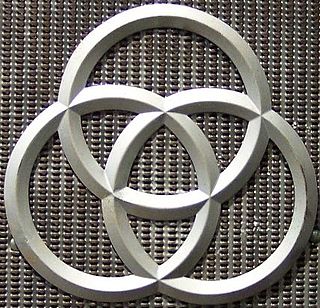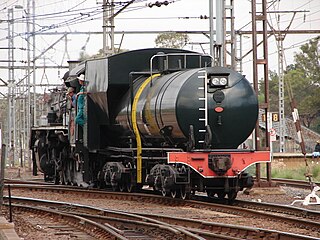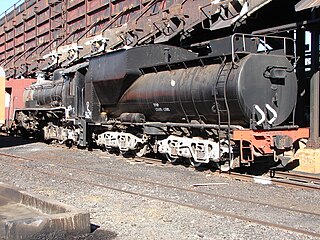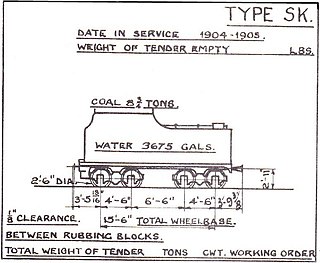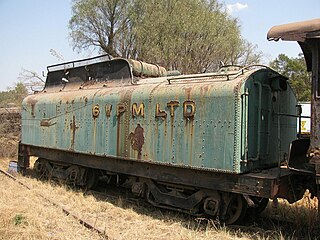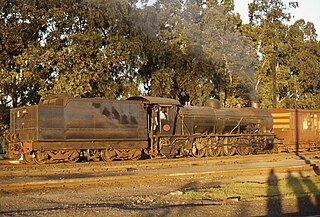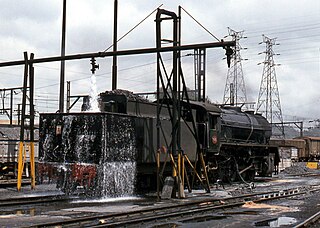Type MY1 tender on Class S2, 1990 | |||||||||||||||||||||||||||||||||
| |||||||||||||||||||||||||||||||||
| |||||||||||||||||||||||||||||||||
| |||||||||||||||||||||||||||||||||
The South African type MY1 tender was a steam locomotive tender.

A tender or coal-car is a special rail vehicle hauled by a steam locomotive containing its fuel and water. Steam locomotives consume large quantities of water compared to the quantity of fuel, so their tenders are necessary to keep them running over long distances. A locomotive that pulls a tender is called a tender locomotive. Locomotives that do not have tenders and carry all their fuel and water on board the locomotive (itself) instead are called tank locomotives.
Contents
Type MY1 tenders entered service in 1952 and 1953, as tenders to the Class S2 0-8-0 shunting steam locomotives which entered service on the South African Railways in those years. [1] [2] [3] [4]

The South African Railways Class S2 0-8-0 of 1952 was a steam locomotive.

